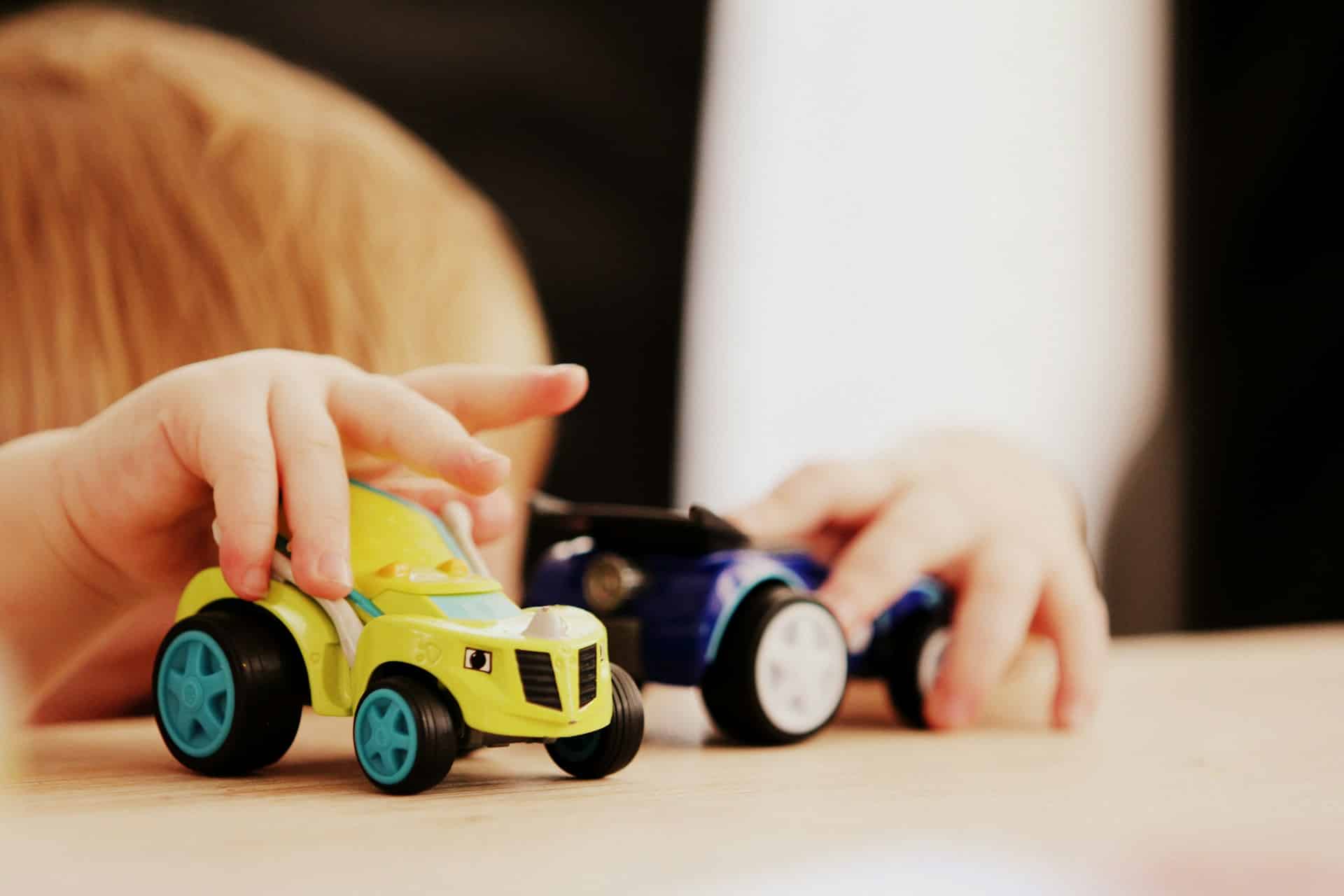How Can UK Toy Stores Implement Eco-friendly Practices in Product Packaging and Marketing?

In the last decade, environmental sustainability has become a buzzword in nearly every industry. Businesses are increasingly seeking ways to reduce their environmental footprint and make a positive impact. This trend is not only driven by an ethical commitment to preserve the planet but also by a rising consumer demand for sustainable products. One industry that has been slower to jump on the sustainability bandwagon is toys. However, even in this traditionally plastic-heavy sector, change is possible and indeed, necessary.
Moving Towards Sustainable Packaging
One of the most tangible ways in which toy stores can become more environmentally friendly is through their packaging. Traditional toy packaging, often made from non-recyclable plastic and other harmful materials, contributes significantly to waste and environmental damage. By transitioning towards sustainable packaging, toy companies can greatly reduce their environmental impact.
Dans le meme genre : What Is the Role of Artificial Intelligence in Personalizing UK Online Education Platforms?
Exploring Alternative Packaging Materials
When it comes to packaging, the first step towards sustainability is to move away from plastic. Plastics are not only damaging to the environment but also pose health risks. Instead, consider using alternative, eco-friendly materials such as recycled cardboard, biodegradable plastics, or compostable materials.
Companies like Lego are leading the charge in this area, with plans to phase out single-use plastic packaging by 2025. Instead, they will use paper bags certified by the Forest Stewardship Council. Other companies can follow suit, researching and implementing the use of sustainable materials in packaging.
Cela peut vous intéresser : What Precision Agriculture Technologies Can UK Farmers Use to Enhance Crop Yields?
Reduce, Reuse, Recycle
The principles of the circular economy – reduce, reuse, and recycle – are key to sustainable packaging. Reducing the amount of packaging used, in general, is an excellent first step. Many toys are over-packaged, with layers of plastic and cardboard that are unnecessary.
Next, design packaging that can be reused. For instance, a board game could be packaged in a sturdy, attractive box that can also serve as storage for the game pieces. Finally, ensure that all packaging can be easily recycled. Clearly label packaging with recycling instructions to make the process as straightforward as possible for customers.
Green Marketing Strategies
Eco-friendly practices should not be limited to packaging. Marketing is another area where toy stores can make a significant difference. By promoting sustainability in their marketing strategies, businesses can educate consumers and drive demand for eco-friendly toys.
Promoting Environmental Awareness
Educating customers about the environmental impact of their purchases can encourage them to choose more sustainable options. Create marketing campaigns that highlight the eco-friendly features of your products, such as the use of sustainable materials or reduced packaging.
Toys "R" Us, for instance, has launched an "Eco-Friendly Toy Guide", showcasing their range of toys made from recycled materials, organic cotton, and sustainably harvested wood. Such initiatives not only market the products but also raise awareness about sustainability issues.
Engaging with Customers on Sustainability
Engaging with customers on sustainability issues can create a loyal customer base that shares your company's values. Use social media, newsletters, and in-store displays to communicate your commitment to sustainability. Encourage customers to bring their own bags, offer incentives for recycling old toys, and share tips on how to reduce waste.
Expanding Sustainable Toy Lines
Finally, toy stores need to stock products that align with their eco-friendly values. This might mean sourcing more toys made from sustainable materials or working with manufacturers to develop eco-friendly product lines.
Sourcing Sustainable Toys
Toy stores should research and stock toys made from sustainable materials. This could include toys made from wood from sustainably managed forests, recycled plastic, or organic cotton.
There are already a number of companies producing these kinds of toys. Green Toys, for example, produces a range of toys made entirely from recycled milk bottles, while PlanToys uses sustainable rubberwood and non-toxic paints for their products.
Partnering with Eco-friendly Manufacturers
Working with manufacturers who share your commitment to sustainability can help increase the number of eco-friendly toys available in your store. Look for companies that not only use sustainable materials but also have good environmental practices throughout their supply chain, from reducing water use to minimising transportation emissions.
In addition, consider partnering with manufacturers for special initiatives, such as toy recycling programs. This not only helps reduce waste but also demonstrates a shared commitment to sustainability to customers.
In conclusion, while the shift towards sustainability in the toy industry may require significant changes, the long-term benefits for businesses, consumers and the environment make it an investment worth making. By implementing eco-friendly practices in product packaging and marketing, UK toy stores can not only reduce their environmental impact but also meet the increasing consumer demand for sustainable products.
Utilizing Social Media for Eco-Communication
In the digital era, toy stores can harness the power of social media to communicate their eco-friendly practices and products. Social media platforms present an avenue for businesses to directly engage with their consumers, showcasing their commitment to environmental sustainability.
Social Media as a Sustainability Showcase
Social media can be a powerful tool for toy stores to illustrate their eco-friendly practices, from sustainable packaging to recycled materials in toy manufacturing. Platforms like Instagram and Facebook offer an opportunity to visually showcase these initiatives. Businesses can post behind-the-scenes tours of their transition to biodegradable packaging or use Instagram stories to explain how toys are made from recycled plastic.
A case study for this is Lego’s use of social media to update their fans on their move towards sustainable packaging. They share progress updates, recycled-packaging prototypes, and invite customers to share their recycling experiences. By doing this, they not only promote their own sustainable practices but also encourage their followers to adopt similar practices, thereby fostering an environmentally-friendly community.
Interactive Eco-Campaigns
Interactive campaigns on social media can engage customers in a company’s sustainability journey. This could involve competitions for the best toy recycling ideas, Q&A sessions about the company’s eco-friendly products, or highlighting customers who have made significant contributions to reducing packaging waste.
Such campaigns not only promote the store's eco-friendly products but also create a sense of community and shared values between the company and its customers. By engaging customers in this way, toy stores can foster a loyal customer base that values sustainability as much as they do.
Rethinking the Business Model
Toy stores should consider incorporating sustainability into their core business model. This could mean placing sustainability at the heart of all business decisions, from sourcing to marketing. A sustainable business model not only reduces a company’s environmental impact but can also provide a competitive edge in the market.
Incorporating Sustainability in the Supply Chain
A truly eco-friendly business model considers environmental impact at every stage of the supply chain. This means sourcing materials that are sustainably produced and transported, working with manufacturers who share the same commitment to the environment, and making sure store operations, from lighting to heating, are energy-efficient.
By doing this, toy stores can significantly reduce their carbon footprint, leading to a more sustainable retail sector.
Profitable Sustainability
While transitioning to eco-friendly practices might require an initial investment, it can be a profitable move in the long run. Research shows that consumers are willing to pay more for sustainable products. By incorporating sustainability into their business model, toy stores can cater to this growing market segment and improve their bottom line.
Moreover, sustainable practices can also lead to cost savings in the long run. For instance, reducing packaging waste can lower material and disposal costs.
Conclusion
The movement towards environmental sustainability in the toy industry is not just a trend, but a necessary shift to protect our planet for future generations. By adopting eco-friendly practices in product packaging, marketing, and their overall business model, UK toy stores can play a significant role in reducing environmental damage.
While the journey towards sustainability may pose challenges, toy stores can leverage social media to engage customers in this journey and rethink their business model to make sustainability profitable. Together, these steps can help create a more sustainable retail sector, and ultimately, a greener world.
